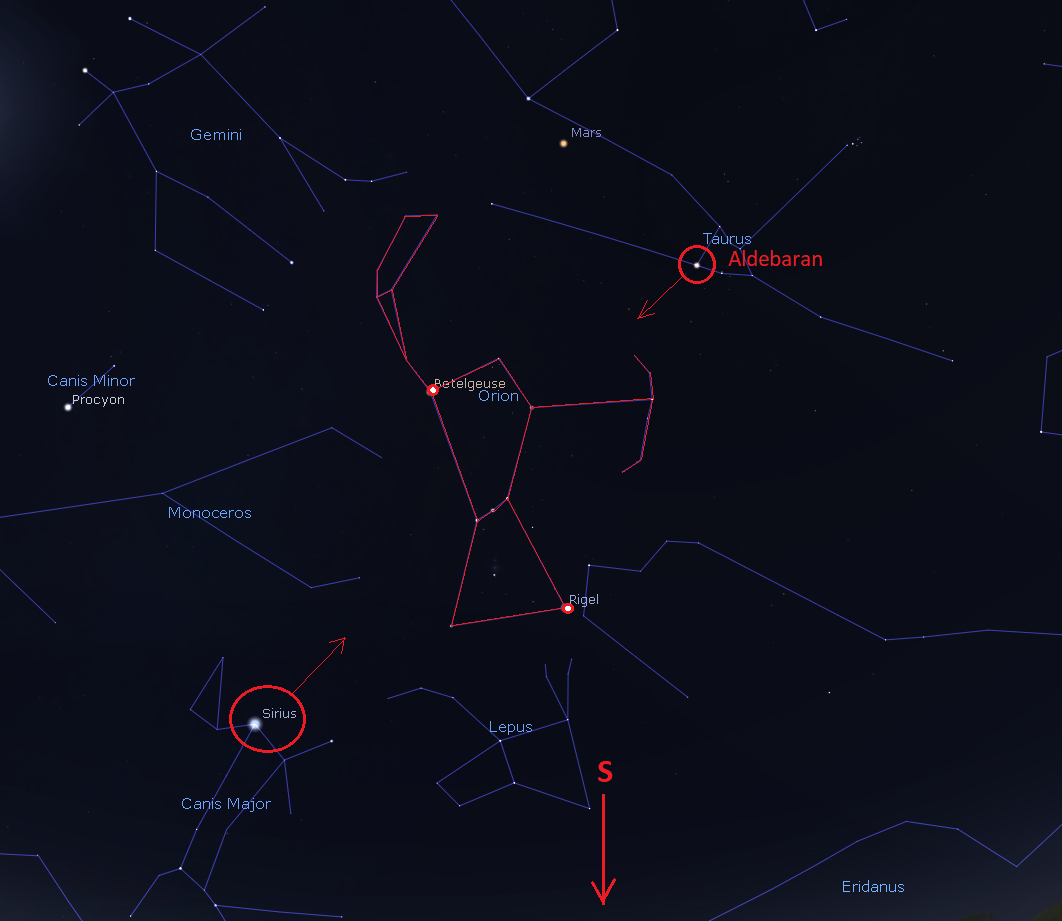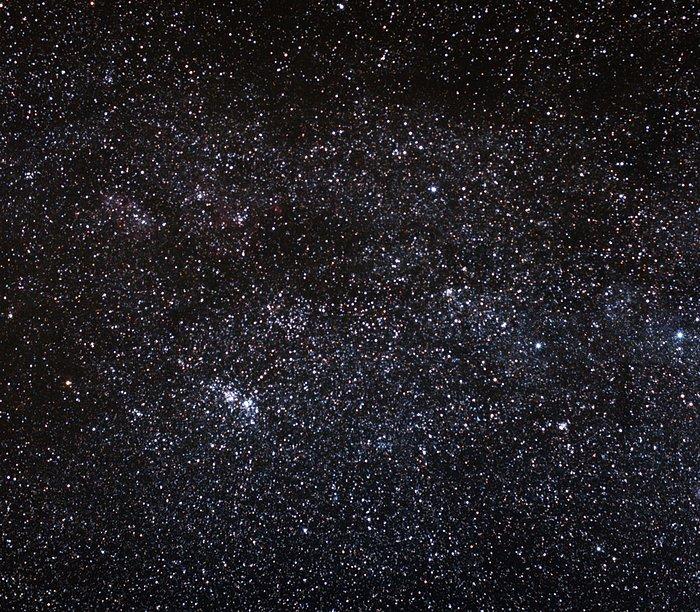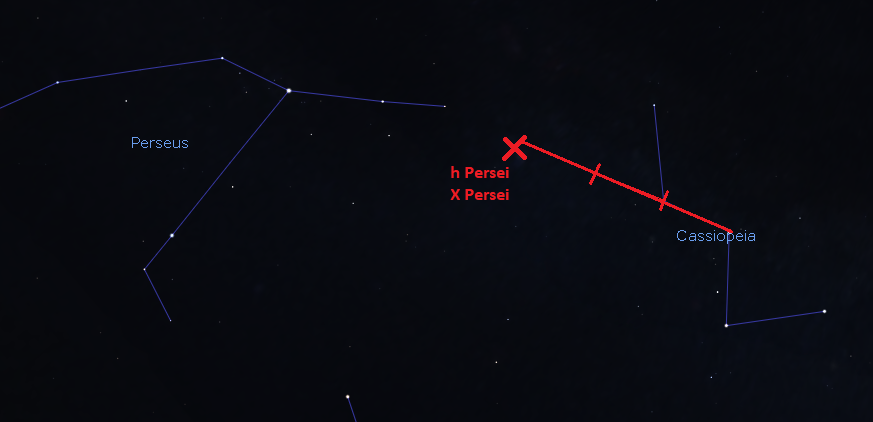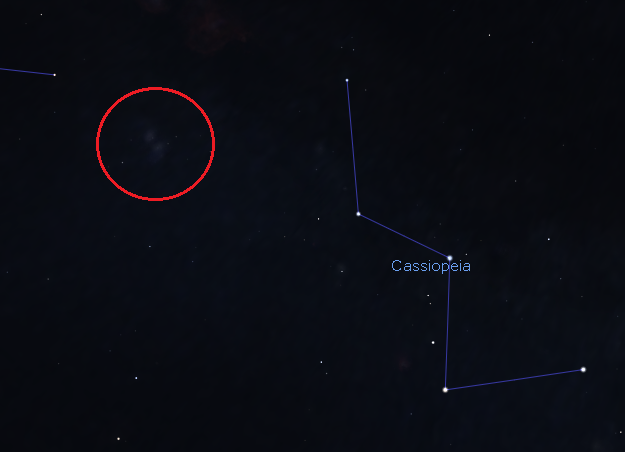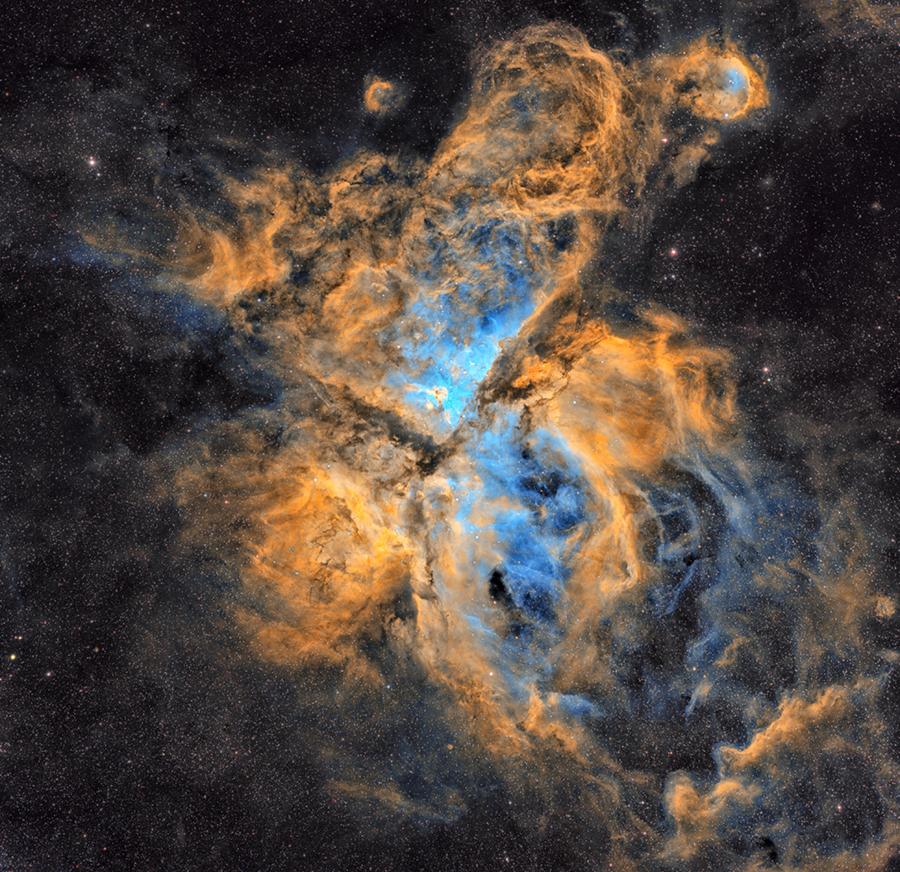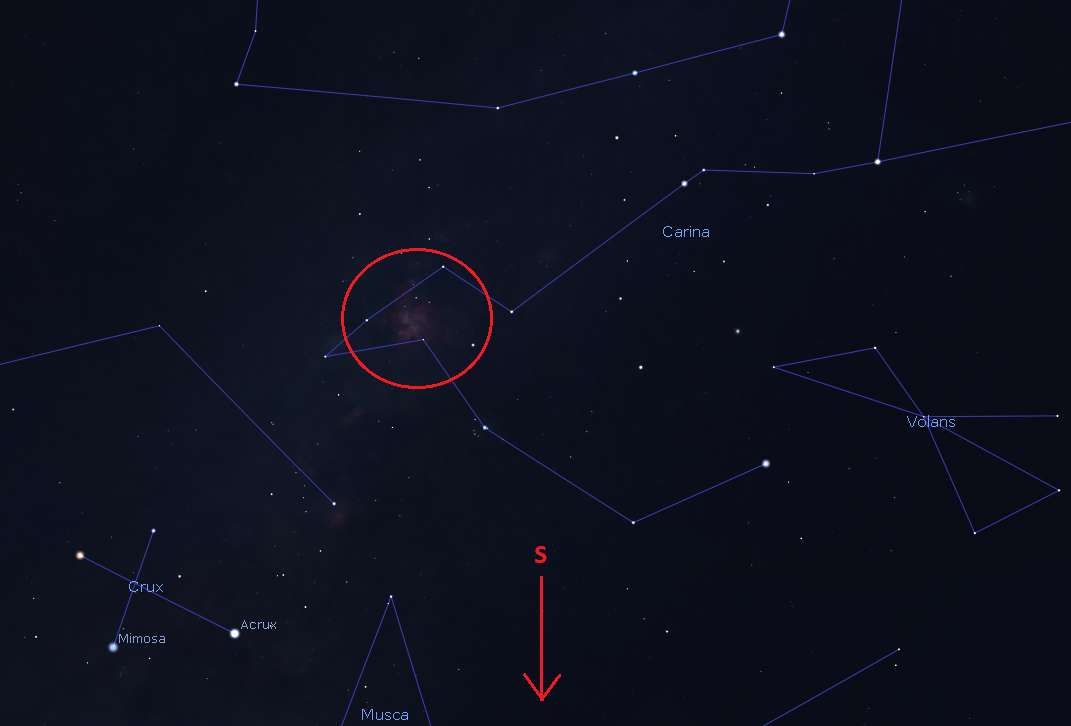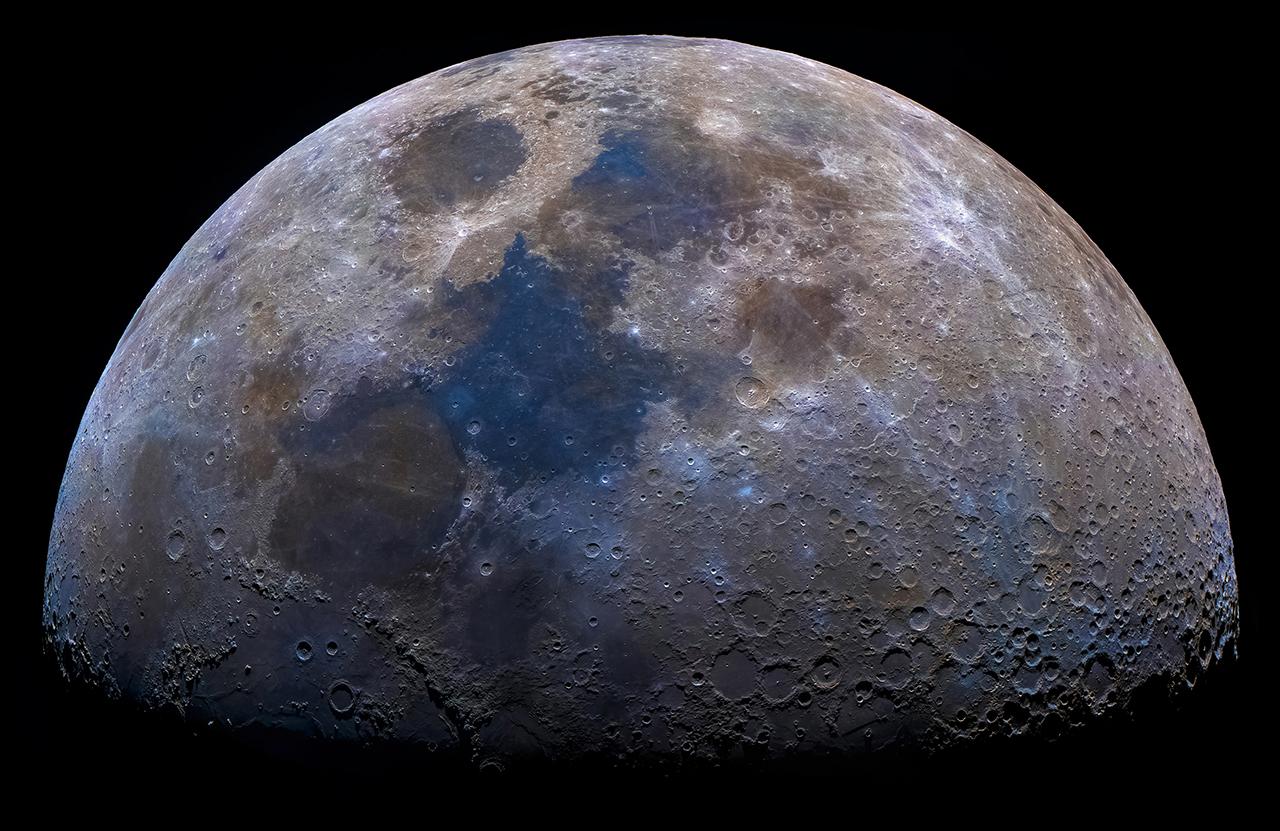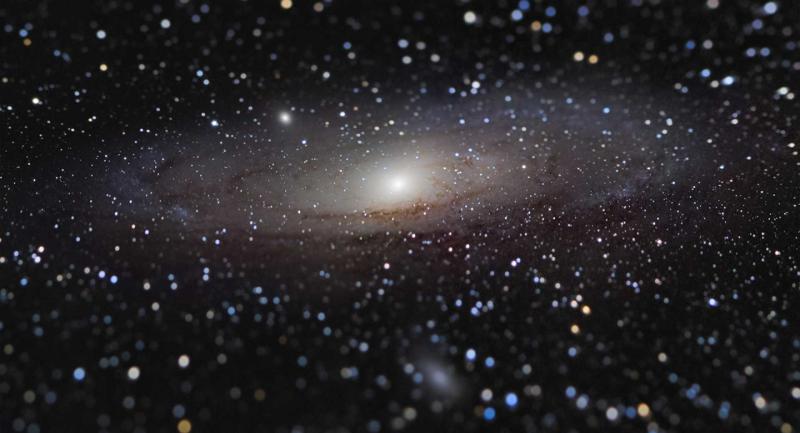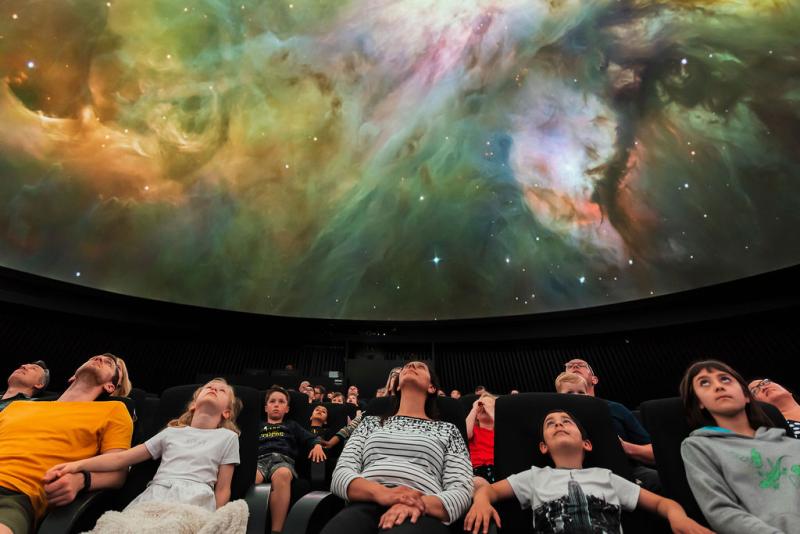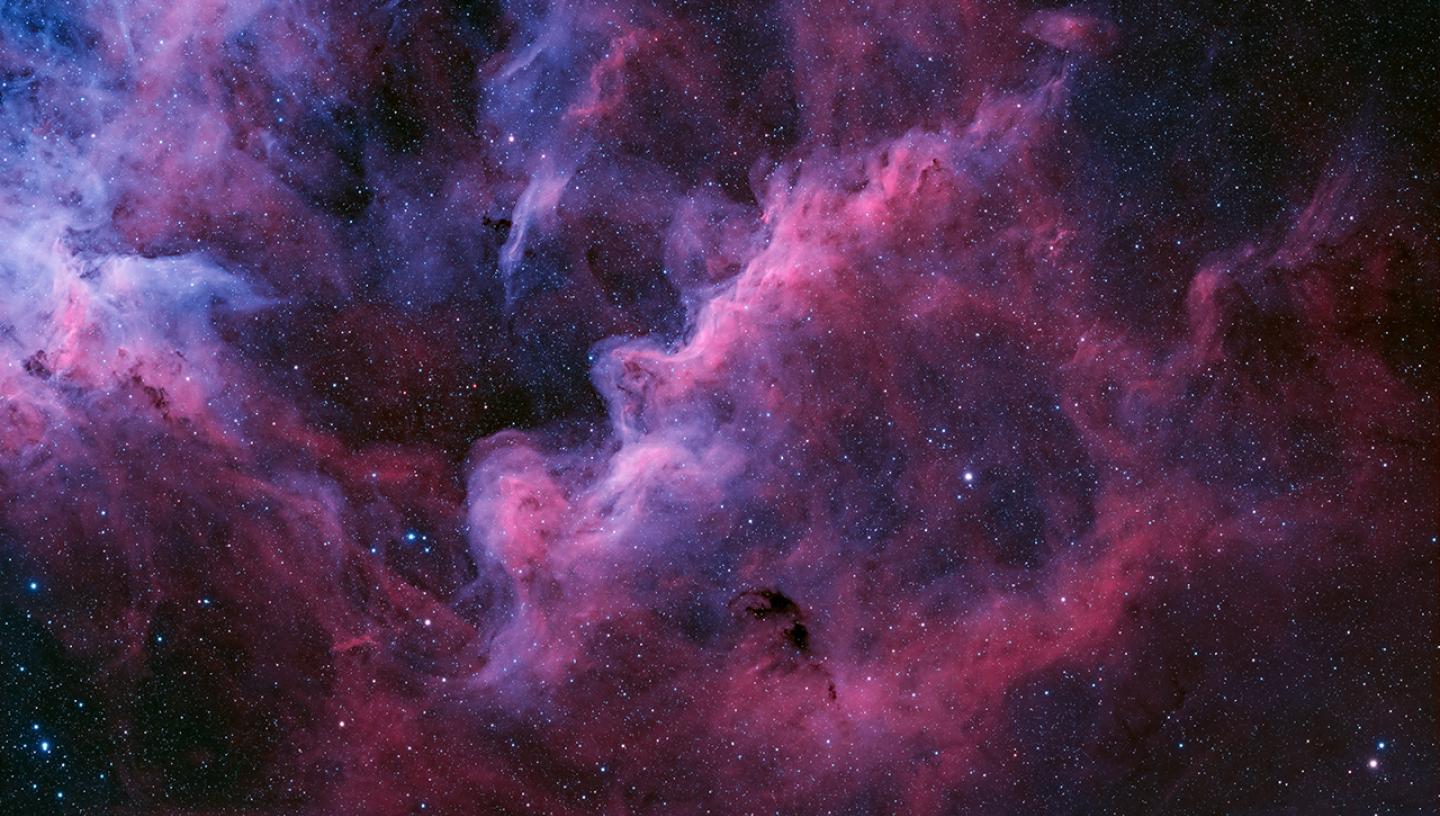
Discover what you can see if you look up to the night sky in March 2023.
Top 3 things to see in the night sky in March
- Throughout the month – Spot Mars high up in the sky
- 1 and 2 March – Watch Jupiter meet Venus
- Throughout the month – Wave farewell to Orion the Hunter
(Details given are for London and may vary for other parts of the UK)
See April's night sky highlights
Look Up! Podcast
Subscribe and listen to the Royal Observatory Greenwich's podcast Look Up! As well as taking you through what to see in the night sky each month, Royal Observatory Greenwich astronomers pick two space news stories to talk about.
In March's episode, which you can listen to below, we talk about an update on the International Space Station, and a wealth of news stories related to Jupiter's moons, including some newly discovered moons! At the start of March, you can join us on Twitter to vote on which story is your favourite in our poll (@ROGAstronomers).
Our podcast is available on iTunes and SoundCloud.
Last chance to see Orion high up in the sky
Our time with Orion is coming to an end for this stargazing season, as we approach the spring when it will be too low on the horizon to be seen.
If you want to catch the last good glimpse while the constellation is still high enough in the sky not to be disturbed by light pollution, now is your chance.
Next time Orion visits will be November 2023, but until then we will get a chance to enjoy all the spring and summer constellations visible throughout the year.
Together with Orion, we are also bidding farewell to Sirius (in Canis Major), the brightest star in the entire night sky. To find Orion, look between Sirius and Aldebaran (a bright reddish star in Taurus). Most of the stars in this constellation are visible to the unaided eye even in light-polluted areas.
Easiest to spot are Rigel (bright bluish star) in the bottom right corner of the constellation, and Betelgeuse (reddish bright star) in Orion's left shoulder.
The twin clusters in Perseus
If you happen to get your hands on a pair of binoculars or a telescope, the Double Cluster in Perseus is definitely something you should look out for. h Persei and χ (chi) Persei are two open clusters of stars 7,460 and 7,640 light years away from Earth.
To find them, look for the bright stars in Cassiopeia forming a W shape and, like in the diagram below, extend the distance between the two inner stars in Cassiopeia two times further to reach h Persei and χ Persei.
If you are lucky enough to live in an area with less light pollution you might even try searching for these clusters with your naked eye! They are roughly as bright as the famous Andromeda Galaxy, and look like a tiny foggy patch in the sky.
Seeing the twin clusters: the technique of averted vision
Here is a trick to help you spot the Double Cluster in Perseus, as well as all other faint objects in the sky. Instead of looking directly towards the clusters, look a bit to the side while still concentrating on where the clusters are.
If you haven’t been able to see them before, you might be able to see them now! This technique is very old - it’s possibly a technique that Aristotle used over 2,300 years ago! Our eyes have two main types of cells: one detects colour and bright lights and the other detects dim lights.
The first type of cell is concentrated in the central part of the eye called the fovea. The second type of cell are placed all around the fovea. When stargazing, we want to make use of these cells, hence the technique of averted vision!
Beginning of March – Jupiter and Venus in conjunction
Jupiter and Venus are the brightest planets in the night sky, and during the beginning of this month (1 and 2 March) they meet in the constellation of Pisces just after sunset. To see them, simply look for two very bright yellowish objects in the west.
The best time to catch them is between 18:30 and 19:30, as they slowly make their way to the horizon. If by any chance the weather isn’t on your side and you are keen on greeting these two, don’t worry! Venus will be climbing higher and higher in the sky each night.
Jupiter will head in the opposite direction, towards the horizon, so make sure to catch it before it dips below the horizon by the end of March.
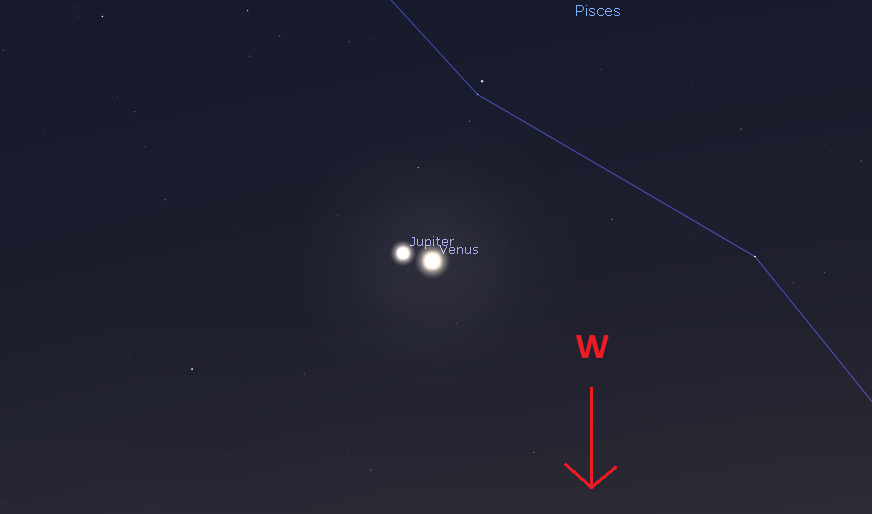
A red triangle: Mars, Aldebaran and Betelgeuse
Last month we discussed the winter triangle. This month you can see a red triangle!
Two of the brightest stars in the winter sky are joined by the red planet this month, forming a new triangle in the southwest. The bright reddish star in the shoulder of Orion is Betelgeuse, a very old red supergiant. West of Betelgeuse is Aldebaran, another reddish bright star, also known as the bull’s eye as it is placed where the eye of the zodiac constellation Taurus is supposed to be.
These two are visited by Mars this month, as it travels across the sky. All three objects have a noticeable orange-reddish hue to them, making this a fun pattern to spot in the night sky. As days go by, Mars will continue travelling through Taurus towards Gemini, changing the shape of the triangle slightly, but staying visible to us.
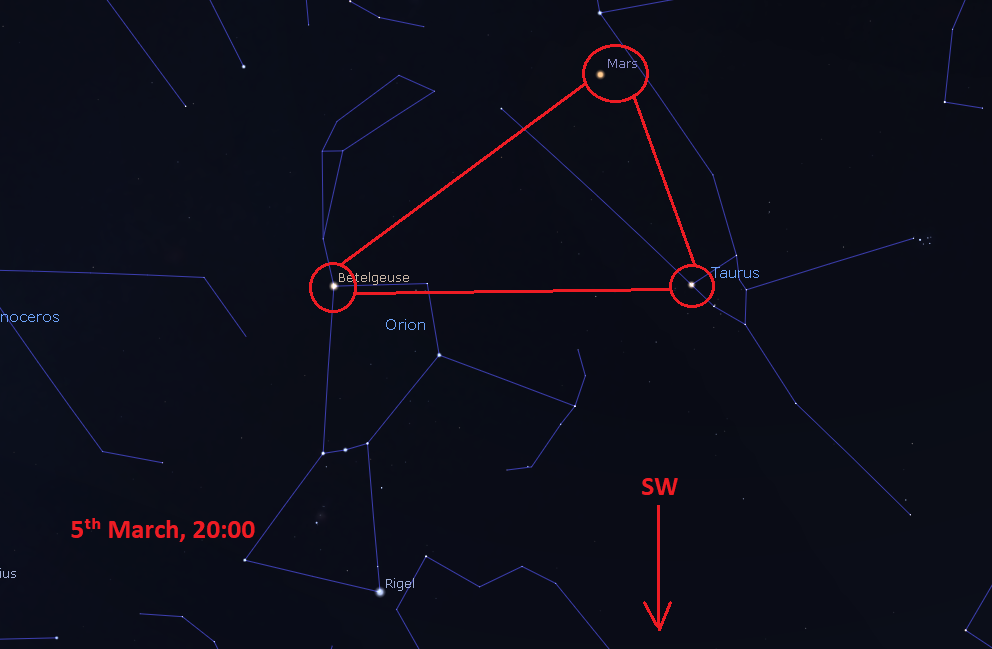
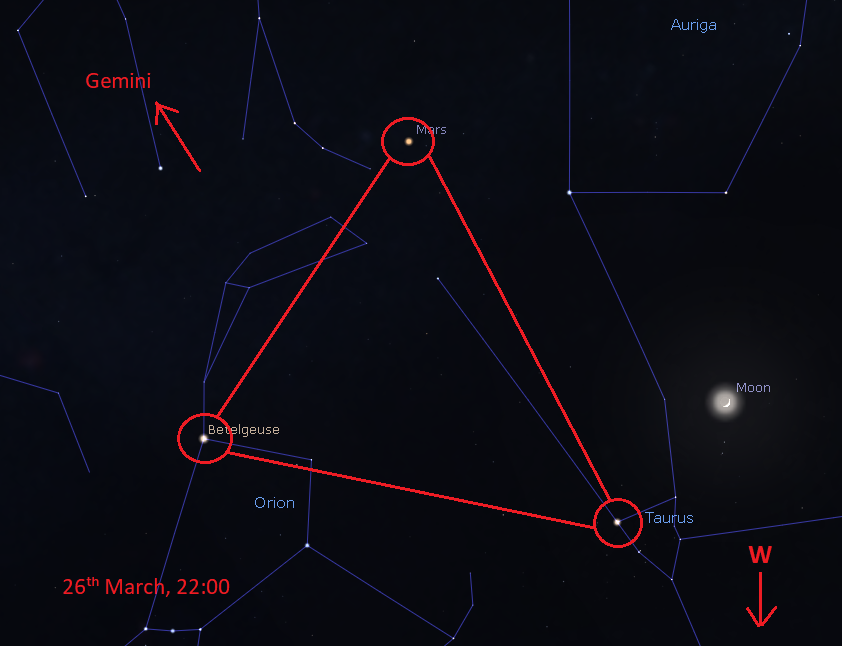
Carina Nebula visible with the naked eye in the southern hemisphere
The southern sky is also full of wonders in March, one of which is a giant nebula in the constellation of Carina. This nebula is so luminous and large that it can easily be spotted with the unaided eye if weather conditions allow it. To find it simply look for the Crux, the Southern Cross, and turn your gaze a bit to the west. Using averted vision might also help you spot it easier, so give it a try.
This is a star-forming region, behind the thick glowing clouds of gas new stars are being formed this very second. The nebula is also home to a very peculiar star, Eta Carinae. 170 years ago it underwent an eruption releasing huge amounts of energy (something similar to a supernova, but scientists aren’t exactly sure) and it became one of the brightest stars in the sky for a few years.
Then, astronomers saw it fade - becoming more than 100 times dimmer, and eventually unable to be seen with the naked eye. Then it started getting brighter again!
What astronomers have discovered so far is that Eta Carinae is a system of two massive stars, one of which is extremely old and might go supernova soon. The cause of the eruption that was seen 170 years ago still remains a total mystery.
The Moon's phases this month
Full Moon - 7 March (12:40)
Third Quarter - 15 March (2:08)
New Moon - 21 March (17:23)
First Quarter - 29 March (3:32)
Stargazing tips
- When looking at faint objects such as stars, nebulae, the Milky Way and other galaxies it is important to allow your eyes to adapt to the dark so that you can achieve better night vision.
- Allow 15 minutes for your eyes to become sensitive in the dark and remember not to look at your mobile phone or any other bright device when stargazing.
- If you're using a star app on your phone, switch on the red night vision mode.
See our range of observing equipment
Share your pictures
Do you have any images of the night sky? If so, why not share your photos via our Royal Observatory Astrophotography Facebook group.
You can also connect with us via Twitter: @ROGAstronomers
Banner image: Suburbs of Carina Nebula by Ignacio Diaz Bobillo - shortlisted in Astronomy Photographer of the Year 2022
Other things you may be interested in
Never miss a shooting star
Be the first to hear space and astronomy news from the Royal Observatory Greenwich. Sign up to our space newsletter now.
